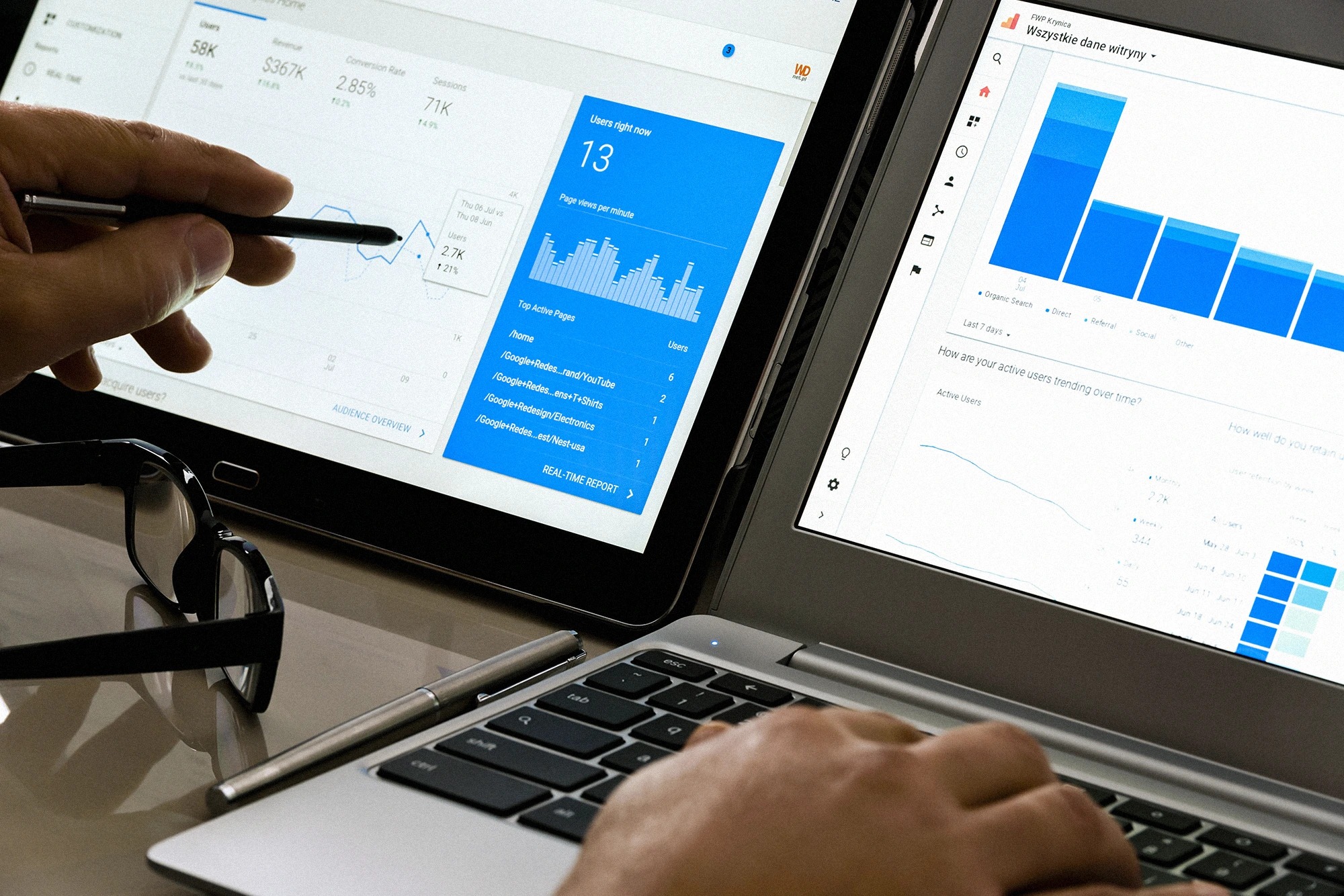How to Create and Set Up a Google Analytics Account: A Comprehensive Guide
In the realm of digital marketing, understanding user behavior and website performance is paramount. Google Analytics offers a robust platform for gaining insights into your website’s data. This guide will walk you through the process of creating a Google Analytics account and setting it up for accurate and actionable analytics.

Step 1: Create Your Google Analytics Account
- Sign In or Sign Up: If you have a Google account, sign in. Otherwise, create a Google account to proceed.
- Access Google Analytics: Visit the Google Analytics website and click “Start for free.”
- Account Setup: Enter your account name, business information, and choose the appropriate data sharing settings.
Step 2: Set Up a Property (Your Website)
- Choose Property Type: Select “Web” as the property type since you’re setting up analytics for a website.
- Enter Property Details: Provide your website’s name, URL, industry category, and time zone.
- Tracking Code: Receive a unique tracking code. Install it on your website by adding it to the HTML of each page you want to track.
Step 3: Configure Essential Settings
- Goals: Set up goals to track specific user actions on your website, such as form submissions or purchases.
- Site Search: If your website has a search function, enable site search tracking to understand what users are searching for.
- Exclude Internal Traffic: Exclude your own visits to your website from being tracked to ensure accurate data.
Step 4: Explore Reports
- Dashboard Overview: Upon logging in, you’ll land on the dashboard showing an overview of your website’s key metrics.
- Audience Insights: Navigate to the “Audience” section to learn about your visitors’ demographics, interests, and locations.
- Traffic Sources: In the “Acquisition” section, discover where your traffic is coming from – organic search, social media, referral, etc.
- User Behavior: Analyze user interactions in the “Behavior” section. Explore popular pages, bounce rates, and more.
- Conversion Tracking: The “Conversions” section lets you monitor goal completions, helping you measure the success of your objectives.
Step 5: Monitor and Optimize
Regularly log into your Google Analytics account to review your website’s performance. Use the insights gained to optimize your digital marketing strategies, improve user experience, and achieve your goals.
With your Google Analytics account properly set up, you gain the power to delve into valuable data and insights that shape your website’s success. By understanding your audience and their behavior, you can make informed decisions that drive effective digital marketing campaigns and enhance your online presence.





















+ There are no comments
Add yours